My code this is what Im running
library(FactoMineR); library(factoextra)
res.pca <- PCA(t(data),ncp = 10, graph = FALSE)
res.hcpc <- HCPC(res.pca, graph = FALSE)
fviz_dend(res.hcpc,
cex = 0.7, # Label size
palette = "jco", # Color palette see ?ggpubr::ggpar
rect = TRUE, rect_fill = TRUE, # Add rectangle around groups
rect_border = "jco", # Rectangle color
labels_track_height = 0.8 # Augment the room for labels
)
tiff("plot.tiff",width=3000,height=1856,res=600)
plot(res.hcpc, choice = "3D.map",ind.names=TRUE,cex.axis=3.5,cex.symbols=3.5,xlab="",ylab="")
dev.off()
What I get is this
Here One thing is I dont want to add the cluster information into my graph,I would rather like to label it in terms of my metadata info which in my case woold be FAB which is a column in my metadata file
I would like to see something like this where the samples are annotated based on the cell line groups.
How do I don't see any option in my plot function to add the same
Any suggestion or help would be really appreciated




